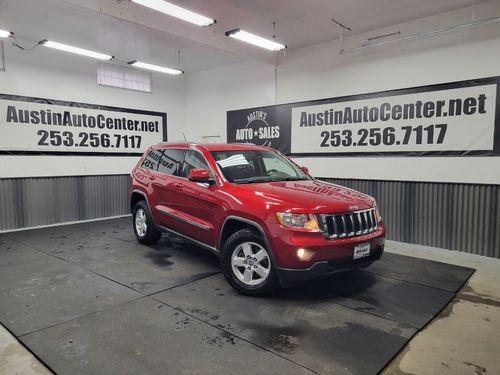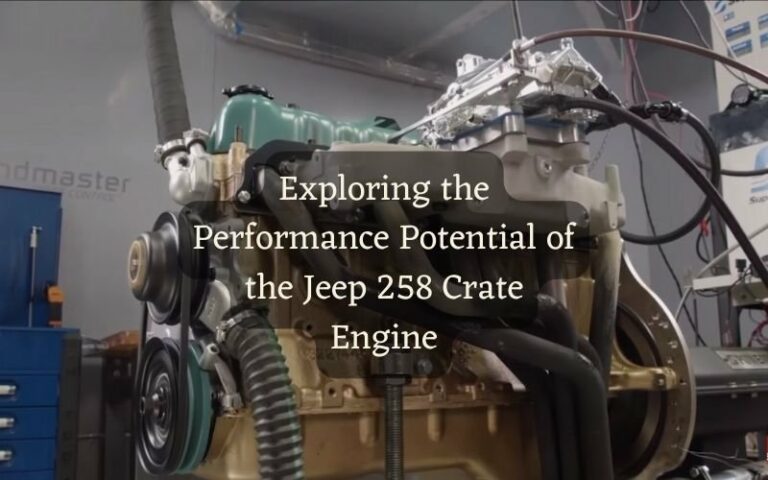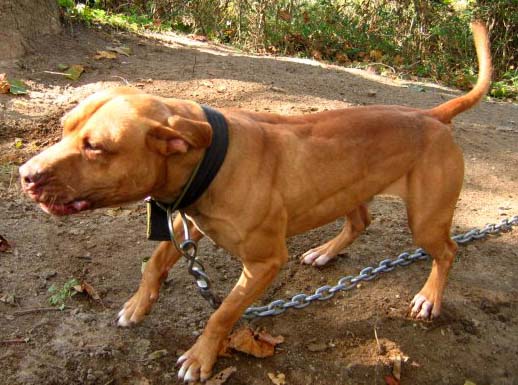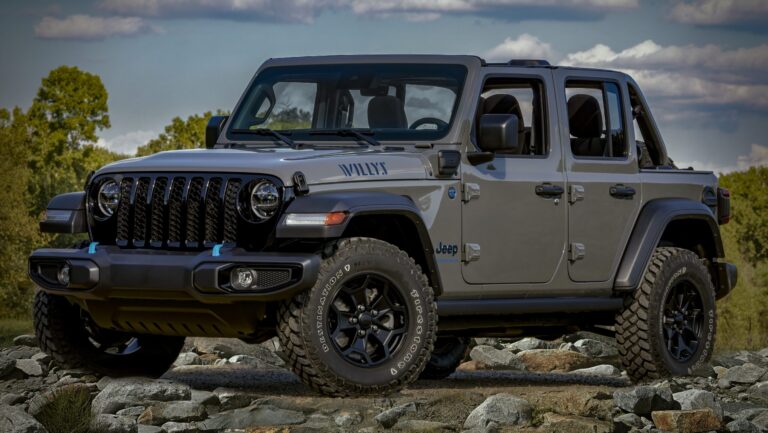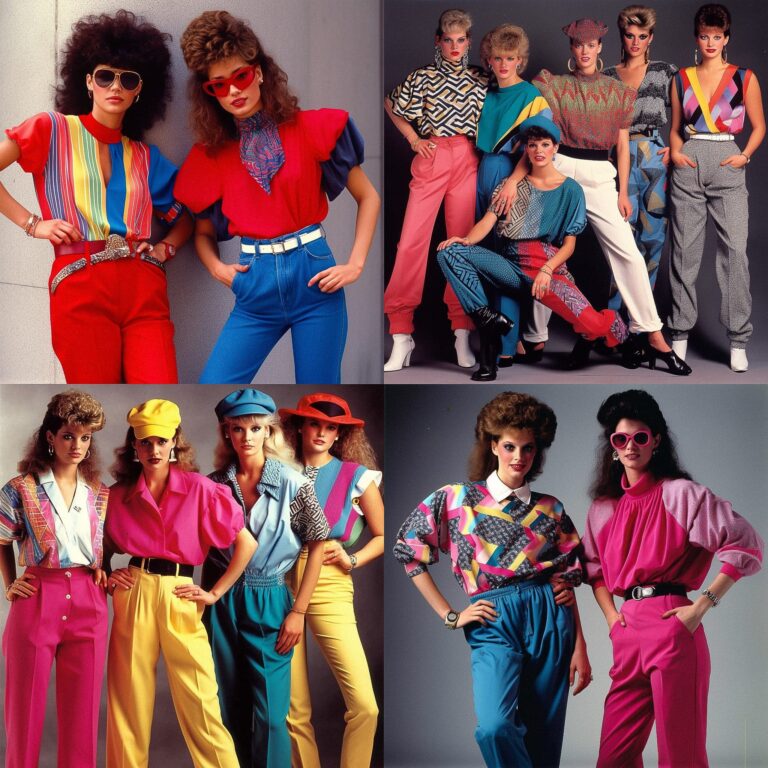2011 Jeep Grand Cherokee Rims For Sale: A Comprehensive Buyer’s Guide
2011 Jeep Grand Cherokee Rims For Sale: A Comprehensive Buyer’s Guide jeeps.truckstrend.com
The 2011 Jeep Grand Cherokee, a standout in its class for its blend of rugged capability and refined comfort, continues to be a popular vehicle on the road. For owners of this enduring SUV, or those looking to acquire one, the condition and style of its wheels play a significant role in both aesthetics and performance. Whether you’re dealing with damaged rims, looking to upgrade your vehicle’s appearance, or simply seeking a fresh set for seasonal tire changes, understanding the market for "2011 Jeep Grand Cherokee Rims For Sale" is crucial. This comprehensive guide will navigate you through everything you need to know, from specifications and sourcing to crucial considerations and smart buying tips.
Understanding Your 2011 Jeep Grand Cherokee Rims
2011 Jeep Grand Cherokee Rims For Sale: A Comprehensive Buyer’s Guide
Before embarking on your search for replacement or upgrade rims, it’s essential to understand the factory specifications of your 2011 Grand Cherokee. This knowledge ensures proper fitment, safety, and optimal vehicle performance. The 2011 model year, part of the WK2 generation (2011-2021), typically features specific wheel dimensions:
- Bolt Pattern: The most critical specification, the 2011 Jeep Grand Cherokee uses a 5x127mm (or 5×5 inch) bolt pattern. This means there are five lug holes, and the circle on which they are arranged measures 127mm in diameter. Any rim you consider must have this exact bolt pattern.
- Diameter: Stock wheel diameters typically range from 17 inches to 20 inches, depending on the trim level.
- Laredo: Often came with 17-inch or 18-inch wheels.
- Limited: Commonly featured 18-inch or 20-inch wheels.
- Overland: Exclusively offered 20-inch wheels.
- SRT8 (introduced later in the WK2 generation, but worth noting for performance enthusiasts): Utilized larger, specialized 20-inch wheels.

- Width: Wheel widths usually vary between 7.5 to 8.5 inches. Wider wheels can accommodate wider tires, potentially offering better grip but also requiring careful consideration of offset.
- Offset: This measurement indicates how far the wheel’s mounting surface is from the centerline of the wheel. For the 2011 Grand Cherokee, offsets typically range from +35mm to +56mm. A correct offset is vital to prevent rubbing against suspension components or fender wells.
- Center Bore: The hole in the center of the wheel that fits over the vehicle’s hub. The 2011 Grand Cherokee has a center bore of 71.5mm. Wheels should ideally be hub-centric (matching this bore) for a secure fit, reducing vibrations and stress on lug nuts.
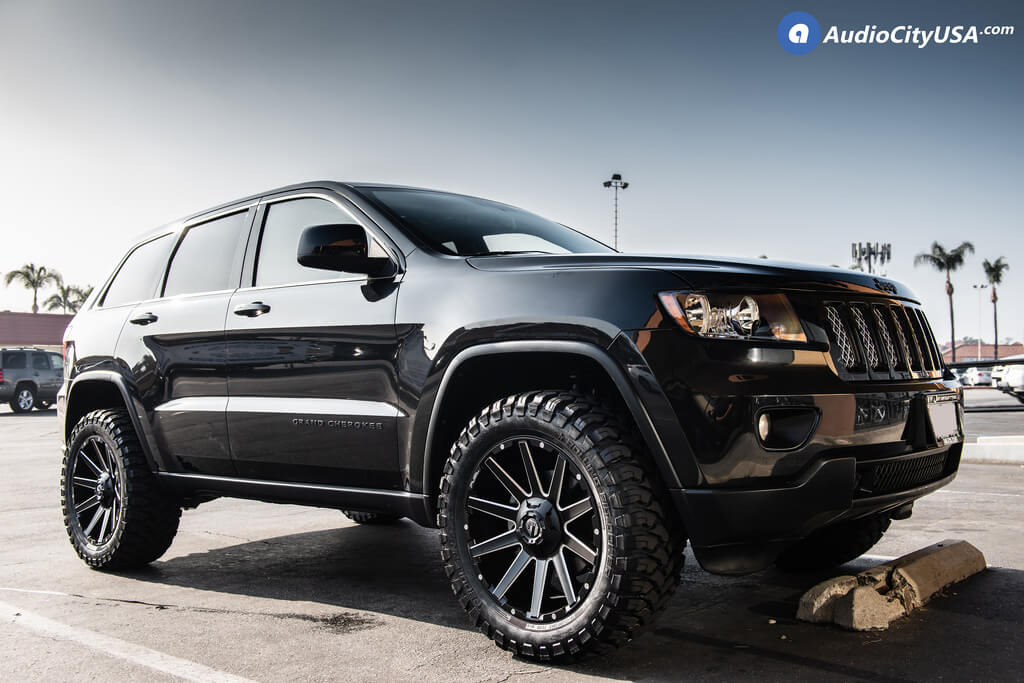
Knowing these specifications for your specific trim level is the first step towards a successful purchase. You can often find this information in your owner’s manual, on the inside of your existing wheels, or by consulting online vehicle specifications databases.
Why Buy Rims for Your 2011 Grand Cherokee?
The reasons for seeking out "2011 Jeep Grand Cherokee Rims For Sale" are diverse, ranging from necessity to pure aesthetic desire:
- Replacement of Damaged Rims: This is perhaps the most common reason. Rims can get bent, cracked, or severely curb-rashed due to potholes, accidents, or off-road adventures. A damaged rim can compromise safety, cause vibrations, and lead to premature tire wear.
- Aesthetic Upgrade and Customization: Stock wheels, while functional, might not always align with an owner’s personal style. Aftermarket rims offer a vast array of designs, finishes (e.g., black, chrome, machined), and sizes to dramatically alter your Grand Cherokee’s appearance, giving it a more aggressive, luxurious, or sporty look.
- Performance Enhancement: Lighter alloy wheels can reduce unsprung weight, potentially improving handling, acceleration, and fuel efficiency. Wider wheels can also accommodate wider performance tires for enhanced grip.
- Seasonal Tire Sets: Many owners opt for dedicated sets of winter tires on separate rims for optimal safety in cold weather. Having a second set of rims makes swapping tires easier and extends the life of both your summer and winter tires.
- Cost-Effective Solution: Compared to buying a new vehicle, investing in a fresh set of rims can breathe new life into your 2011 Grand Cherokee, making it feel new again without the hefty price tag.

Where to Find 2011 Jeep Grand Cherokee Rims For Sale
The market for vehicle rims is broad, offering various avenues to find what you need:
-
New Aftermarket Rims:
- Online Retailers: Websites like Tire Rack, Discount Tire, Summit Racing, and others specialize in aftermarket wheels. They offer extensive filters to ensure compatibility with your 2011 Grand Cherokee, often provide visualizers, and ship directly to your door or a local installer.
- Specialty Wheel and Tire Shops: Local shops can provide expert advice, allow you to see rims in person, and often handle installation.
- Pros: Wide selection of styles, finishes, and sizes; brand new condition; warranty.
- Cons: Can be more expensive than used OEM options.
-
Used OEM (Original Equipment Manufacturer) Rims:
- Online Marketplaces: eBay, Craigslist, Facebook Marketplace are treasure troves for used OEM rims. Search specifically for "2011 Jeep Grand Cherokee OEM wheels" or "WK2 Grand Cherokee rims."
- Automotive Forums & Social Media Groups: Dedicated Jeep Grand Cherokee owner forums and Facebook groups often have "for sale" sections where members sell their used parts.
- Salvage Yards/Auto Recyclers: If you’re looking for a single replacement, salvage yards are excellent sources for original equipment. Call ahead to check inventory.
- Local Tire Shops/Mechanics: Some shops might have used sets taken off trade-ins or customer upgrades.
- Pros: Authentic OEM fit and finish; often significantly cheaper than new.
- Cons: Condition varies widely; potential for hidden damage; limited selection.
-
Authorized Jeep Dealerships:
- Pros: Guaranteed genuine OEM parts, often with a warranty.
- Cons: Typically the most expensive option.
-
Refurbished Rims:
- Specialized companies can repair and refinish damaged rims, making them look and perform like new. This is a great option if you have damaged OEM rims you want to restore or if you find a used set that needs a facelift.
- Pros: Cost-effective way to get "like-new" rims; environmentally friendly.
- Cons: Quality depends on the refurbisher; not always cheaper than good used.
Key Considerations When Purchasing Rims
Making an informed decision goes beyond just finding a good price. Here’s what to keep in mind:
- Fitment is Paramount: Reiterate the bolt pattern (5x127mm), offset, center bore (71.5mm), diameter, and width. Any deviation can lead to rubbing, poor handling, or even unsafe driving conditions. Use online configurators or consult a professional if unsure.
- Material Type:
- Alloy (Aluminum Alloy): Lighter, better heat dissipation, wide range of designs, generally more expensive. Most 2011 Grand Cherokees came with alloy wheels.
- Steel: Heavier, more durable against impacts, typically cheaper, fewer design options. Sometimes used for base models or winter wheel sets.
- Condition (Especially for Used Rims):
- Cracks: Absolutely avoid any rim with a crack, no matter how small. This is a serious safety hazard.
- Bends/Dents: Small bends on the lip might be repairable, but significant bends on the barrel or hub area are problematic. Spin the wheel to check for wobbles.
- Curb Rash: Scratches and gouges from hitting curbs are cosmetic. Minor rash can be buffed or repaired, but deep gouges might indicate structural weakness.
- Corrosion/Peeling Finish: While often cosmetic, severe corrosion can weaken the rim or lead to air leaks from the tire bead.
- Authenticity: Be wary of counterfeit rims, especially when buying "replica" designs at suspiciously low prices. Stick to reputable brands and sellers.
- Budget: Set a realistic budget. New aftermarket sets can range from a few hundred to over a thousand dollars per wheel, while used OEM single rims might be under $100-$200.
- Style and Finish: This is subjective. Consider how the rim’s design, color, and finish will complement your Grand Cherokee’s paint color and overall aesthetic.
- Tire Compatibility: Ensure the new rims are compatible with your existing tires, or budget for new tires if changing rim diameter or width significantly.
- TPMS Sensors (Tire Pressure Monitoring System): Your 2011 Grand Cherokee has TPMS. You’ll need to transfer your existing sensors to the new rims, or purchase new compatible sensors. New sensors will likely need to be programmed to your vehicle.
Installation and Maintenance Tips
Once you’ve acquired your new or used rims, proper installation and ongoing maintenance are key:
- Professional Installation: While DIY is possible for experienced individuals, professional installation at a reputable tire shop is highly recommended. They have the right equipment for mounting, balancing, and ensuring correct torque specifications.
- Torque Specifications: Always tighten lug nuts to the manufacturer’s specified torque settings using a torque wrench. Over-tightening can stretch studs, while under-tightening can lead to loose wheels. For a 2011 Grand Cherokee, it’s typically around 100-110 ft-lbs.
- Regular Cleaning: Clean your rims regularly to prevent the buildup of brake dust and road grime, which can corrode the finish over time. Use appropriate wheel cleaners.
- Inspection: Periodically inspect your rims for any signs of damage, especially after hitting potholes or driving on rough terrain.
- Tire Rotation and Balancing: Regular tire rotations and balancing help ensure even tire wear and smooth driving, also allowing for inspection of the rims.
Potential Challenges and Solutions
Finding the perfect rims can sometimes present hurdles:
- Finding an Exact OEM Match: If you only need one replacement, finding an exact match for an older model can be tough.
- Solution: Expand your search radius on online marketplaces, contact more salvage yards, or consider refurbished options.
- Hidden Damage on Used Rims: A seller might not disclose or even be aware of subtle bends or cracks.
- Solution: Ask for detailed photos/videos, especially of the inner barrel and mounting surface. If buying locally, inspect them thoroughly in person, and consider having them spun on a balancer by a tire shop before finalizing the purchase.
- Fitment Issues with Aftermarket Rims: Even if advertised as compatible, some aftermarket rims might have subtle offset or clearance issues.
- Solution: Buy from reputable retailers with good return policies. Consult with their fitment experts or a local wheel specialist. Always test-fit the rim before mounting tires.
- Shipping Costs for Large Items: Rims can be bulky and heavy, leading to high shipping costs.
- Solution: Factor shipping into your total budget. Look for local sellers to avoid shipping entirely, or inquire about freight shipping options for multiple rims.
Price Guide for 2011 Jeep Grand Cherokee Rims For Sale
Please note that these are estimated price ranges and can vary significantly based on location, seller, condition, brand (for aftermarket), and current market demand.
| Type of Rim | Condition | Typical Price Range (Per Rim) | Notes |
|---|---|---|---|
| Used OEM Single Rim | Fair-Good | $75 – $200 | Minor curb rash, no structural damage. Often sold individually for replacements. |
| Used OEM Set (4 Rims) | Good-Very Good | $300 – $800 | Some cosmetic wear possible, but structurally sound. Best value for a full set. |
| Refurbished OEM Rim | Like New | $150 – $350 | Professionally repaired and refinished to factory appearance. Great for restoring a damaged OEM set. |
| New Aftermarket Rim | New | $150 – $500+ | Wide range based on brand, material, and design. Prices can go much higher for premium or forged wheels. |
| New OEM Rim (Dealership) | New | $400 – $700+ | Genuine factory replacement, often the most expensive option. |
| Steel Winter Rim | New | $80 – $150 | Basic, durable steel wheels often used for winter tire setups. Less aesthetic appeal. |
Frequently Asked Questions (FAQ)
Q1: What is the bolt pattern for a 2011 Jeep Grand Cherokee?
A1: The 2011 Jeep Grand Cherokee uses a 5x127mm (or 5×5 inch) bolt pattern.
Q2: Can I put larger rims on my 2011 Grand Cherokee than stock?
A2: Yes, it’s possible to go up in size (e.g., from 18-inch to 20-inch, or even 22-inch) as long as the bolt pattern, offset, and center bore are correct, and there’s adequate clearance for the tire size you choose. Always verify fitment to avoid rubbing.
Q3: Do I need new TPMS sensors when I buy new rims?
A3: Not necessarily. If your current TPMS sensors are in good condition, they can often be transferred to your new rims. However, if they are old or damaged, it’s a good idea to install new compatible sensors, which will then need to be programmed to your vehicle.
Q4: How do I know if a used rim is bent or cracked?
A4: Visually inspect the rim carefully for any cracks, especially around the lug holes and spokes. For bends, look at the lip and inner barrel. The best way to check for a bend is to have the wheel spun on a tire balancer at a shop, where any runout (wobble) will be evident.
Q5: What’s the difference between OEM and aftermarket rims?
A5: OEM (Original Equipment Manufacturer) rims are those designed and produced by Jeep or their suppliers specifically for your vehicle model. Aftermarket rims are produced by independent companies and designed to fit various vehicles, often offering a wider range of styles, finishes, and performance characteristics.
Q6: Is it safe to buy used rims?
A6: Yes, it can be safe if you exercise caution. Thoroughly inspect the rims for any structural damage (cracks, significant bends), and ideally, have them professionally inspected or spun on a balancer before purchase. Buy from reputable sellers or those who can provide clear photos and a return policy.
Conclusion
Finding the right "2011 Jeep Grand Cherokee Rims For Sale" can significantly enhance your vehicle’s safety, performance, and curb appeal. By understanding the critical specifications, knowing where to source rims, and carefully considering their condition and compatibility, you can make an informed decision that adds lasting value to your Grand Cherokee. Whether you’re replacing a damaged wheel or embarking on a full aesthetic transformation, armed with this guide, you’re well-equipped to navigate the market and make a smart purchase that keeps your iconic SUV rolling smoothly and stylishly for years to come.

